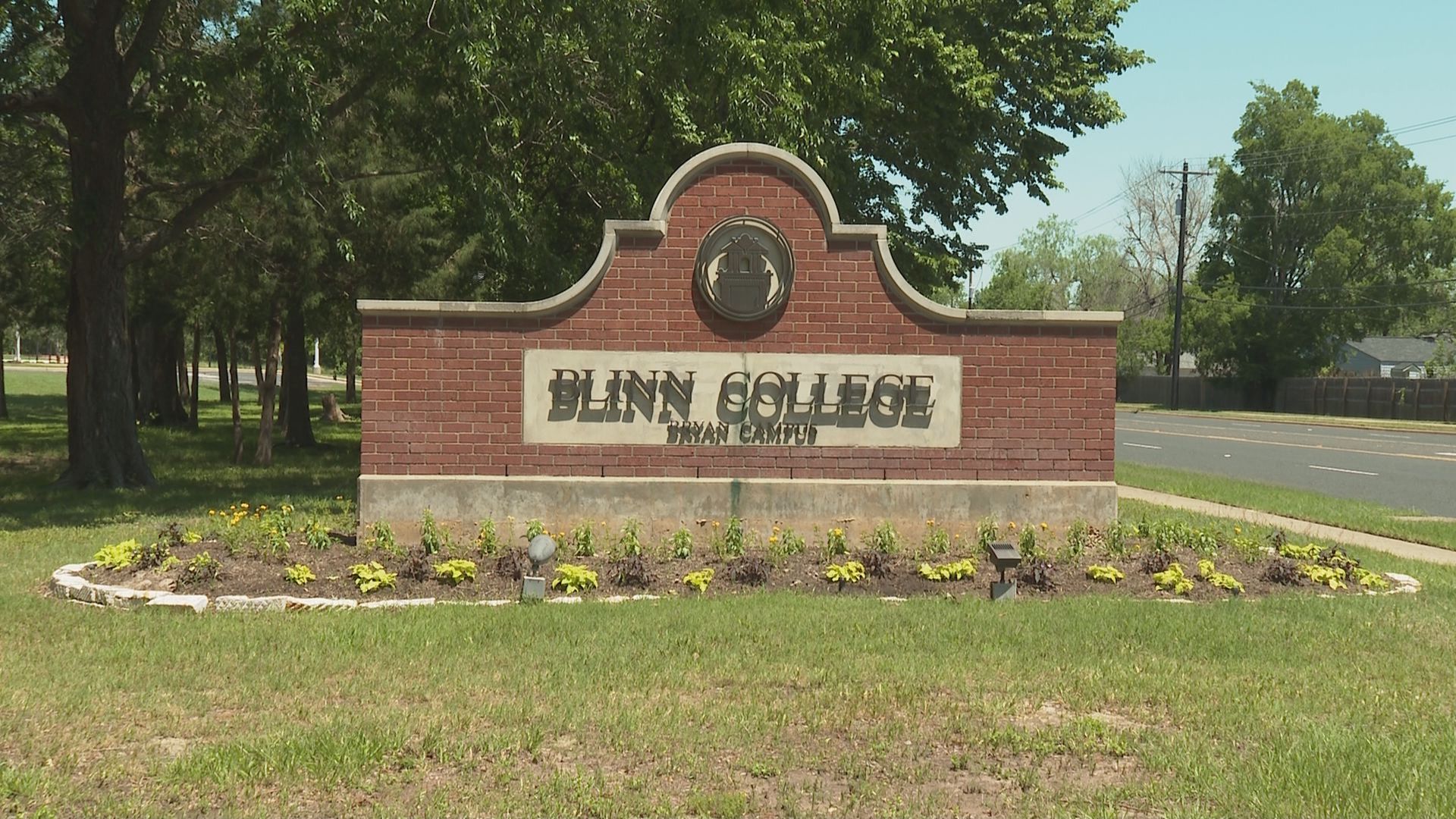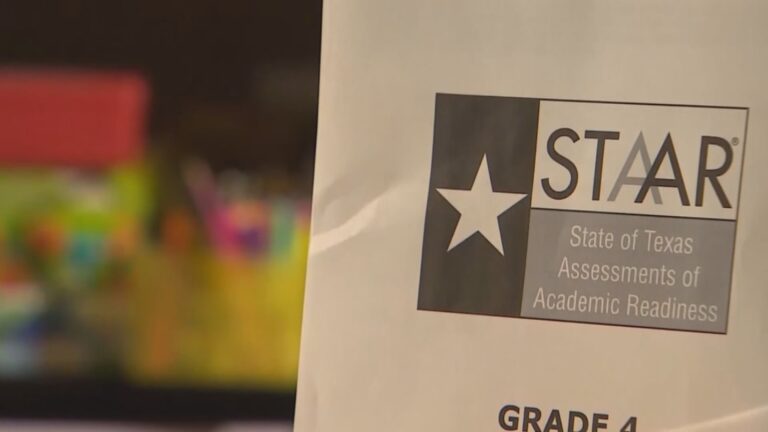House Bill 8 to change how community colleges are funded
BRYAN, Texas (KBTX) – College students will be back on campus soon for the new fall semester, but a recently passed law will change how community colleges are funded.
In early June Governor Greg Abbott signed House Bill 8 into law. The bill introduces a new model for how community colleges across the state will receive its funding. Instead of being funded based on how many students are enrolled or how much time students spend in the classroom, funds will be based off of performance.
District 18 Senator Lois Kolkhorst said this new law will take effect in September. With the new model, Kolkhorst said 95-percent of that funding will not just be getting the student in the front door, but getting a student out the back door.
“What did you accomplish with that, was there a certificate, was there an associate degree are they moving on to a four year university,” Kolkhorst said.
While the new model is a shift, it’s something that Kolkhorst said will benefit the taxpayers, employers, workforce development and the students.
“Community colleges now are incentivized to be able to really work with that student to make sure they move onto a four year university,” Kolkhorst said.
The state has allocated $683 million in its budget to fund community colleges with these new requirements. Kolkhorst said funding for the new model started with Texas State Technical College several years ago.
“It’s added benefits to them and definitely incentivized them getting people into jobs, so now we are going to move community colleges into the same funding system,” Kolkhorst said.
Kolkhorst said community colleges are a great way to build up the workforce and the new model will help.
“Community colleges are very inexpensive as compared to some of our general academic institutions, and so it’s a starting point that can be really a life changer for some. Many are not just students but adults coming back to college,” Kolkhorst said. “We looked at the model that we did for TSTC and the years past, so this is the result.”
House Bill 8 also works to make credits more accessible to high school students who struggle financially.
“Dual credit is not free, so what it does is if a student has been economically disadvantaged even just one year of their last four to five years in their high school or junior college year it will allow them to get dual credit for free,” Kolkhorst said. “That can be the segway in those that are economically disadvantaged to move into higher education.”
For those who have been out in the workforce, who didn’t get their high school degree, the bill allows them to work on a certificate while at the same time work on their high school degree certification, Kolkhorst said.
“It’s not just about funding, but helping those that are coming back into community colleges, that don’t have a high school degree or those who have been economically disadvantaged, we can get them into dual credit,” Kolkhorst said. “Then that student says I’m college ready, I can do college courses.”
The reform is expected to provide a financial boost to Blinn College since many students transfer to four year universities, Kolkhorst said.
“It’s going to impact not only Blinn College, but I think it’s going to help the Texas A&M system and a lot of students that go to Blinn College also go to Sam Houston State University,” Kolkhorst said.
Blinn College said in a statement the new funding formula perfectly aligns with it’s long standing commitment to student success.
“We appreciate the Legislature’s investment in Blinn and its fellow two-year colleges and believe that this new funding structure will benefit our College and its students for years to come,” Blinn College said.
Kolkhorst said there will be another special session with a focus on public education.
“I call public education and K-12 our foundation that we build off of, so I am looking forward to a successful special session and getting our public schools their needed money, and then what we were able to do for both community colleges and general academic institutions,” Kolkhorst said. “The funding this year with the taxpayers dollars we had a large surplus and we’re trying to make those very important investments.”







